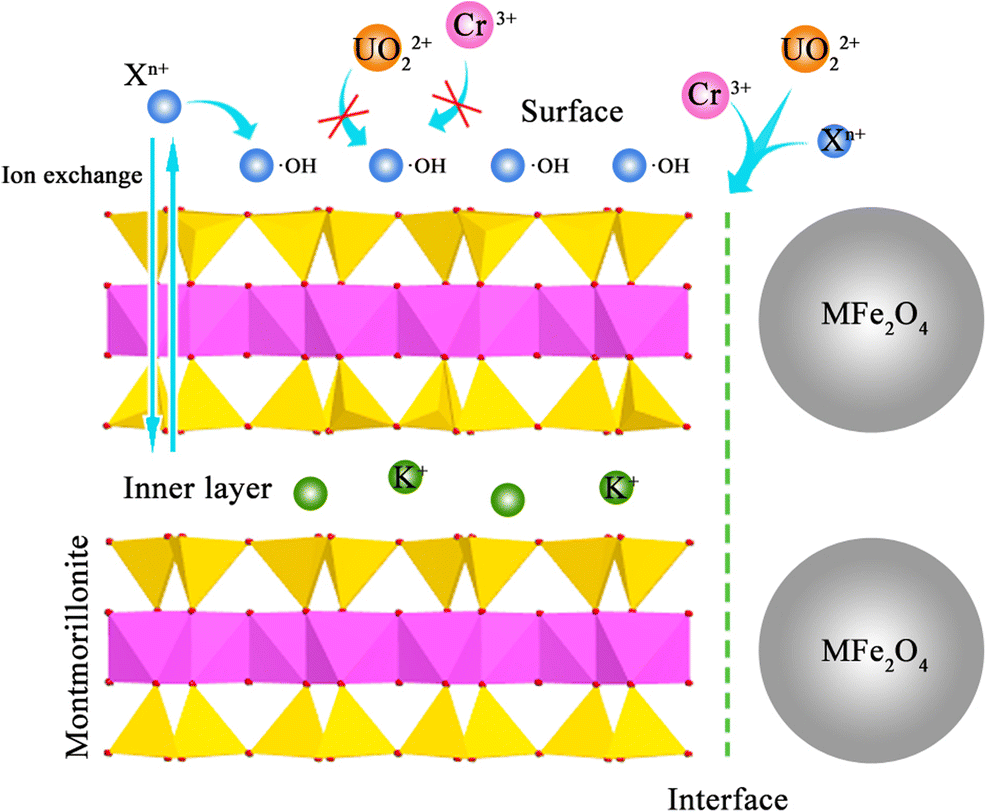496 results
Diagnosing the fast-heating process of the double-cone ignition scheme with x-ray spectroscopy
-
- Journal:
- High Power Laser Science and Engineering / Accepted manuscript
- Published online by Cambridge University Press:
- 03 June 2024, pp. 1-17
-
- Article
-
- You have access
- Open access
- Export citation
Proteomic characterization of the different stages of seed germination in Cupressus gigantea
-
- Journal:
- Seed Science Research , First View
- Published online by Cambridge University Press:
- 03 May 2024, pp. 1-11
-
- Article
-
- You have access
- Open access
- HTML
- Export citation
Evaluation of epiphytic microbiota in red clover and alfalfa on silage fermentation products, bacterial community diversity and functionality of oat
-
- Journal:
- The Journal of Agricultural Science , First View
- Published online by Cambridge University Press:
- 29 April 2024, pp. 1-9
-
- Article
- Export citation
A visual SLAM-based lightweight multi-modal semantic framework for an intelligent substation robot
-
- Journal:
- Robotica , First View
- Published online by Cambridge University Press:
- 19 April 2024, pp. 1-15
-
- Article
- Export citation
Macrolide resistance of Mycoplasma pneumoniae in several regions of China from 2013 to 2019
-
- Journal:
- Epidemiology & Infection / Volume 152 / 2024
- Published online by Cambridge University Press:
- 18 April 2024, e75
-
- Article
-
- You have access
- Open access
- HTML
- Export citation
Status and influencing factors of nurses’ burnout: A cross-sectional study during COVID-19 regular prevention and control in Jiangsu Province, China
-
- Journal:
- Cambridge Prisms: Global Mental Health / Volume 11 / 2024
- Published online by Cambridge University Press:
- 15 April 2024, e54
-
- Article
-
- You have access
- Open access
- HTML
- Export citation
Age-atypical brain functional networks in autism spectrum disorder: a normative modeling approach
-
- Journal:
- Psychological Medicine , First View
- Published online by Cambridge University Press:
- 02 April 2024, pp. 1-12
-
- Article
- Export citation
Variation of millet grain size and cooking techniques across Asia between the late fourth and first millennia BC
-
- Article
-
- You have access
- Open access
- HTML
- Export citation
Effectiveness of a WHO self-help psychological intervention to alleviate stress among healthcare workers in the context of COVID-19 in China: a randomised controlled trial
-
- Journal:
- Epidemiology and Psychiatric Sciences / Volume 33 / 2024
- Published online by Cambridge University Press:
- 07 March 2024, e11
-
- Article
-
- You have access
- Open access
- HTML
- Export citation
Incidence of mental health diagnoses during the COVID-19 pandemic: a multinational network study
-
- Journal:
- Epidemiology and Psychiatric Sciences / Volume 33 / 2024
- Published online by Cambridge University Press:
- 04 March 2024, e9
-
- Article
-
- You have access
- Open access
- HTML
- Export citation
Enhanced heat transfer and reduced flow reversals in turbulent thermal convection with an obstructed centre
-
- Journal:
- Journal of Fluid Mechanics / Volume 981 / 25 February 2024
- Published online by Cambridge University Press:
- 21 February 2024, A16
-
- Article
- Export citation
Tectonic evolution of the Middle-Late Permian orogenic belt in the eastern part of the CAOB: Implications from the magmatism in the Changchun-Kaiyuan area
-
- Journal:
- Geological Magazine / Volume 160 / Issue 10 / October 2023
- Published online by Cambridge University Press:
- 10 January 2024, pp. 1875-1892
-
- Article
-
- You have access
- Open access
- HTML
- Export citation
Effects of natamycin, hexanoic acid and Lactobacillus plantarum on fermentation, aerobic stability and in vitro digestibility of an ensiled total mixed ration containing water bamboo sheath leaves
-
- Journal:
- The Journal of Agricultural Science / Volume 161 / Issue 6 / December 2023
- Published online by Cambridge University Press:
- 09 January 2024, pp. 877-886
-
- Article
- Export citation
Comparison of postprandial glycaemic response following white bread meal consumption between healthy young Asian and white Caucasian adults
-
- Journal:
- Proceedings of the Nutrition Society / Volume 82 / Issue OCE5 / 2023
- Published online by Cambridge University Press:
- 08 January 2024, E285
-
- Article
-
- You have access
- HTML
- Export citation
Unraveling the link between childhood maltreatment and depression: Insights from the role of ventral striatum and middle cingulate cortex in hedonic experience and emotion regulation
-
- Journal:
- Development and Psychopathology , First View
- Published online by Cambridge University Press:
- 05 January 2024, pp. 1-11
-
- Article
- Export citation
The Progress of Research on Genetic Factors of Recurrent Pregnancy Loss
-
- Journal:
- Genetics Research / Volume 2023 / 2023
- Published online by Cambridge University Press:
- 01 January 2024, e14
-
- Article
-
- You have access
- Open access
- HTML
- Export citation
Competitive Adsorption of Uranyl and Toxic Trace Metal Ions at MFe2O4-montmorillonite (M = Mn, Fe, Zn, Co, or Ni) Interfaces
-
- Journal:
- Clays and Clay Minerals / Volume 67 / Issue 4 / August 2019
- Published online by Cambridge University Press:
- 01 January 2024, pp. 291-305
-
- Article
- Export citation
The role of clay minerals in the preservation of organic matter in sediments of Qinghai Lake, NW China
-
- Journal:
- Clays and Clay Minerals / Volume 57 / Issue 2 / April 2009
- Published online by Cambridge University Press:
- 01 January 2024, pp. 213-226
-
- Article
- Export citation














